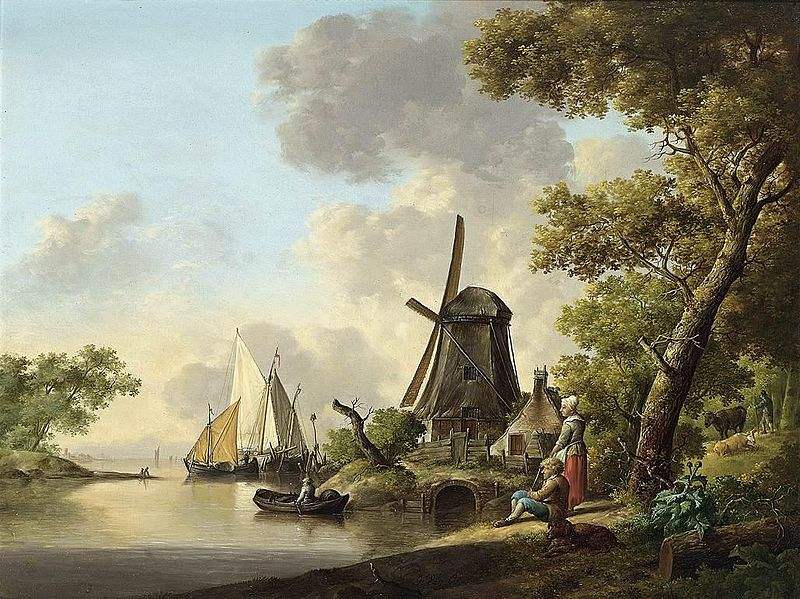This economic self-sufficiency easily leads to healthy localism since these inward movements come to be tied to a community and place. It necessarily leads to the formation of regions inside of which people come together and practice the temperance of living with the resources at hand.
 Hence, a region is formed by the intimate relationship between a people and a place. Each region has its own vegetation, lay of the land, natural wonders, hinterland, and mysteries. Sometimes it seems that there are places that Providence has blessed with harmonic features, as if awaiting inhabitants. Other wilder areas require more effort to inhabit and develop.
Hence, a region is formed by the intimate relationship between a people and a place. Each region has its own vegetation, lay of the land, natural wonders, hinterland, and mysteries. Sometimes it seems that there are places that Providence has blessed with harmonic features, as if awaiting inhabitants. Other wilder areas require more effort to inhabit and develop.
When families settle on lands, they gradually discover the area’s features. They curiously take on some characteristics of the area, and it might be said that the region comes to reflect a bit of the mentality of the families. A rugged land often leads to the forming of a hardy people, whereas a sunny Mediterranean climate might result in inhabitants with cheerful dispositions. A disciplined people tend to organize their region accordingly. True communities and regions form in the fortuitous circumstances where families feel the happiness of being at home, anchored in a particular place, be it a rural area, city, or neighborhood.
Thus, the region becomes the true home of their homes. So great is this relationship that there are even those who figuratively affirm that the irregular physical limits of a region are defined much more by the extension of the common love for the region by a family, clan, or people than by its mere geographic designation.
John Horvat, Return to Order: From a Frenzied Economy to an Organic Christian Society—Where We’ve Been, How We Got Here, and Where We Need to Go (York, Penn.: York Press, 2013), 273-4.














